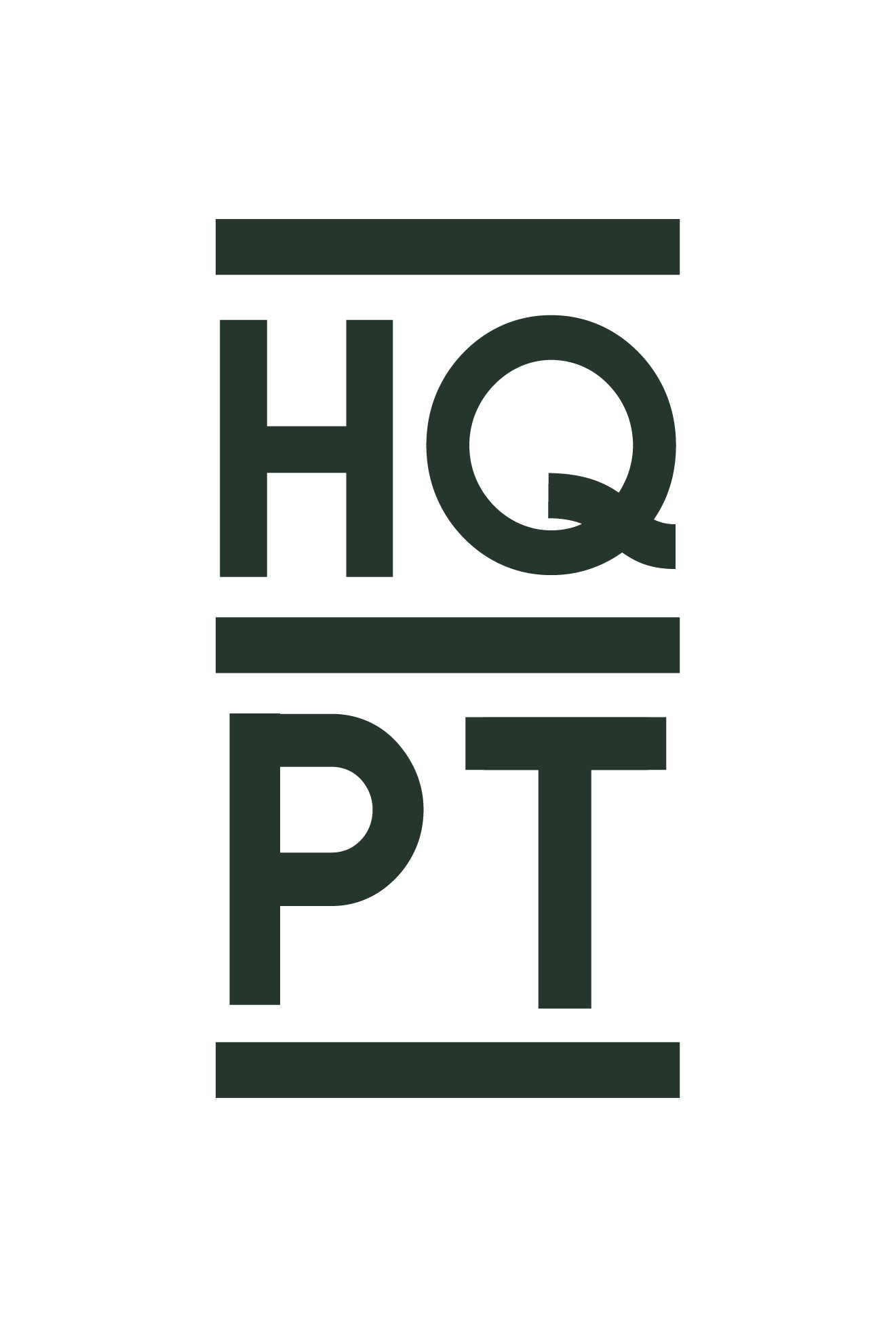Stress Management: The Cornerstone of Wellness
“You have better things to do than digest breakfast when you are trying to avoid being someone else’s lunch”
-Why Zebras Don’t Get Ulcers by Robert Sapolsky
When the average person thinks of the concept of wellness many different images are conjured. We often ask people, in our seminars and in-services, what their ideal picture of health and wellness is. People offer up words to describe what they believe are the keys to wellness. These words typically include “balance”, “sustainability”, and “resilience”. They bring up celebrities and athletes. Dwayne “The Rock” Johnson, Serena Williams, and Laird Hamilton are mentioned with Swiss clock predictability. This exercise is a great conversation starter because participants often speak to the notion that they feel a great divide between themselves and these icons of health and fitness. They express that they feel the previously mentioned ideals of balance, sustainability, and resilience aren’t possible for them because of…fill in the blank. This “blank” can be many things to many different people, a challenging schedule, a tough job with a significant cognitive load, a family situation that is emotionally taxing, declining health due to an acute issue or chronic lifestyle factors….the list goes on.
Assuming an individual is willing and able to pursue positive change with the goal of improved health, the gap between a person’s current status and where they desire to be can often be attributed to a limited understanding of human adaptability. Simply put, a person must appreciate the notion that to achieve positive adaptation they must have the available internal resources to do so. What can deplete our internal resources? The answer is, maladaptation to stress.
The autonomic nervous system (ANS) is controlled by the brain and regulates all involuntary functions of the body. Think about the processes that are going on in the background…things like breathing, digestion, brain wave activity, heart function, sweating, etc. The ANS operates on a spectrum that ranges from an all-out stress response to rest and renewal. For example, picture being face to face with a wild bear and your survivalist fight or flight response kicking in. Heart rate will elevate, muscle tension may increase, pupils dilate, and stress hormones are released. You are ready to run or rumble. This is the sympathetic side of the spectrum kicking into gear. Just the opposite, the internal changes that promote rest, recovery, and renewal and driven by the parasympathetic division of the ANS. It is important to note that your internal physiology operates on a spectrum from sympathetic to parasympathetic. It is a not a switch that turns on and off. At any given moment, we are all placing ourselves somewhere on that spectrum as a result of how we perceive our environment and circumstances.
It is easy to see that when confronted with a life or death situation a sympathetic response is expected and truly a positive adaptation to your environment. However, can the same be said for when “Karen from Accounting” takes your food out of the microwave to put her leftovers in? What about when “Kyle with a lifted Chevy” has one too many Monster Energy drinks and decides to cut you off on the freeway? Okay, Karen and Kyle are made-up avatars but you get the point…sorry to any “Karens” or “Kyles” out there. The answer is no. It is not healthy to go into rumble mode in these situations. Chronically running a stress response or sympathetic over-reaching can lead to countless unhealthy cascades and take up valuable internal resources that could be re-purposed for positive adaptation. This can have a negative impact on cognitive and emotional health, as well as, physical manifestation of symptoms.
It is not uncommon to be in a sympathetic over-reaching state and be completely unaware, due to a high perceptual ability to manage your circumstances. However, the underlying physiology may be telling a different story. This is a great time to introduce one of the most prominent figures in the performance optimization industry. His name is Doctor Tim Royer and he is the owner of a company called Neuropeak Pro (NPP). We utilize NPP testing and training hardware and software regularly as a substantial part of our practice as Physical Therapists and in the implementation of organizational wellness programs. Dr. Royer and the NPP team describe this concept in a very easy to follow way:
“When the body does not recover from the stress response, there is a deficit left by continuous adaptations to stress, because it requires a great deal of energy and is taxing on your body’s systems. Without recovery, there is less reserve for the next stress response and mild symptoms become more marked. If there is no reserve for the body’s systems to compensate, it will begin to decompensate. The most common outcome of this scenario is metabolic syndrome characterized by type II diabetes, cardiovascular disease, weight gain, and mental health concerns.”
The reason we bring all of this up is because we ultimately want to help people close the gap between where they are currently and what they desire to achieve. There is no cookie-cutter way to facilitate this transformation, however, a great jumping off point is empowering the individual to take ownership over their internal environment. We often start by recommending intermittent changes in breathing patterns, improved sleep hygiene, nutrition and hydration changes, training, and movement variability. We often delve into the topics at length in seminars and one-on-one sessions during organizational wellness programs.


